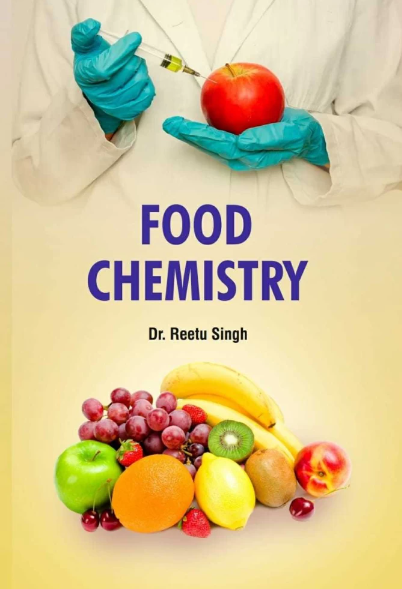Toward the valorization of Ulva biomass from Chile: Analysis of the bioactive polysaccharide and chemical profile of unprocessed and residual biomass of Ulva uncialis
IF 8.5
1区 农林科学
Q1 CHEMISTRY, APPLIED
引用次数: 0
Abstract
Ulva species are natural sources of nutrients and bioactive compounds; however, their chemical composition varies among species and with processing methods. In this study, the chemical profile and antioxidant activity of Ulva uncialis from Chile were determined, including both unprocessed and residual biomass. Additionally, polysaccharides from U. uncialis were chemically characterized, and their cytotoxicity, antioxidant, and immunostimulatory activities were evaluated in vitro after free-radical depolymerization. The results indicated that U. uncialis is rich in Ca, Mg, and Fe, and proteins remain in the biomass following ulvan extraction. Levels of Pb, Cd, Hg, and total As were below the limits established by the European Commission for Food Supplements. Both the ethanolic extract and ulvan exhibited radical-scavenging activity, and depolymerization improved the capacity of ulvan to stimulate cytokine production in RAW 264.7 cells. These findings suggest that U. uncialis is a promising source of nutritional and bioactive compounds.求助全文
约1分钟内获得全文
求助全文
来源期刊

Food Chemistry
工程技术-食品科技
CiteScore
16.30
自引率
10.20%
发文量
3130
审稿时长
122 days
期刊介绍:
Food Chemistry publishes original research papers dealing with the advancement of the chemistry and biochemistry of foods or the analytical methods/ approach used. All papers should focus on the novelty of the research carried out.
 求助内容:
求助内容: 应助结果提醒方式:
应助结果提醒方式:


